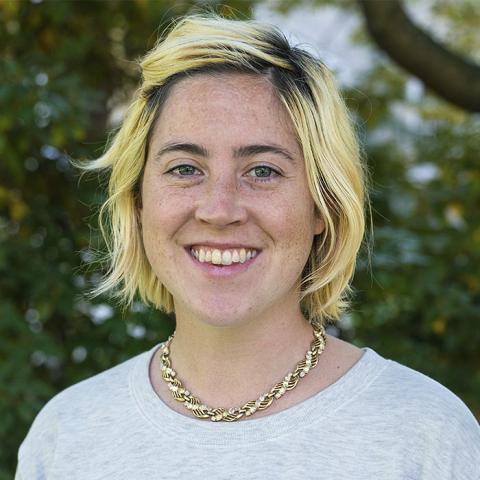Recording and Resouces: Forced Migration: Advocacy, Resistance, and Inclusion in Philadelphia, Mexico City, and Around the World

Details
What is forced migration, and how are support and advocacy illustrated around the globe?
What is forced migration, and how are support and advocacy illustrated around the globe? These questions were discussed on Wednesday, February 24 in the Center for Peace and Global Citizenship’s bilingual panel Forced Migration: Advocacy, Resistance, and Inclusion in Mexico City, Philadelphia, and Around the World.
Facilitated by Dr. Arancha García del Soto, an expert in humanitarian assistance and programs engaging populations affected by violence, the panel brought together two organizations focused on human rights and inclusion: Philadelphia-based HIAS Pennsylvania, and México City-based Casa Refugiados (PCR). PCR provides humanitarian assistance for migrants and promotes local integration and cultural exchange, while also utilizing an educational approach through workshops and the development of materials on inclusion and advocacy. HIAS PA also provides humanitarian assistance, to migrants in Philadelphia, through legal and social services. The organizations' collective vision for more inclusive communities calls for unity among those dedicated to human rights and social justice..
And with a Zoom room full of Bi-Co community members, and colleagues and friends from around the globe, the event itself served as an example of how to align efforts and share resources internationally. By creating networks and relationships across borders, new doors open for collaboration on projects, education, and information dissemination.
These shared values of social justice, equity, integration, and partnership are vital if we want to create a future where migration is not criminalized but accepted and even welcomed, and where people are free to leave or stay in their homelands as they wish. Contemporarily, migration is seen as something to be avoided, a viewpoint that fails to recognize that people have migrated throughout human history for all kinds of reasons. What would the world look like if every country shared values of inclusion and justice? Would we still have borders?
So: what did we learn?
We learned that to build more equitable, inclusive and integrated communities, we need to include and uplift the voices of migrants and refugees, paying special attention to the intersections of how discrimination accumulates, and the social processes that reinforce extractive and exploitative relationships.
We also need to engage with solidarity and our evolving internal and external roles in our personal lives, in our communities, and in our society; what does support for migrants look like on all of these levels? There are so many different paths to take, whether it’s humanitarian assistance, legal or social services, or even organizing--these all contribute to a more equitable environment. So we need to think forward. How can we ensure that people have the freedom to stay in their homelands, and how do we ensure that when people do migrate, they feel safe, welcome, and supported?
-- Anna Garrison-Bedell '23, CPGC Student Associate
Panel Recording
A special thank you to our event translators, Lina Martinez Hernandez and Gina Engst.
Shared Resources
- Contact Casa Refugiados: Aarón Cortés (acortes [at] casarefugiados.org); Amet Herera (aramirez [at] casarefugiados.org)
- Pennsylvania Immigration and Citizenship Coalition
- Volunteer with HIAS PA
- Driving PA Forward - 40 days of action to support the Legislation for Driver’s Licenses for All in Pennsylvania
- Havertown area Community Action Network (H-CAN) contact - kfrigglenorton [at] gmail.com




